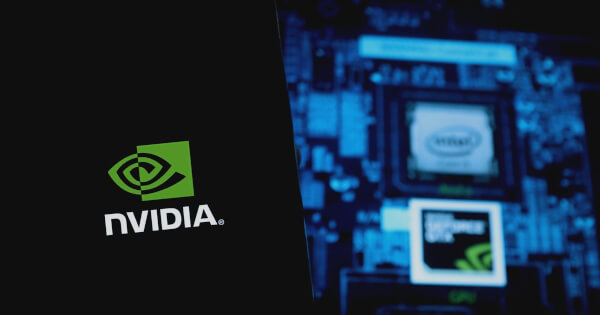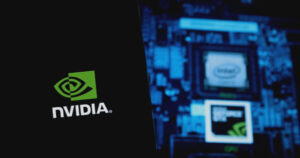By Rongchai Wang
Dec 15, 2024 02:19
Unveiling Warp 1.5.0: The Next Generation of GPU Programming with Tile-Based Innovation

Welcome to Extreme Investor Network, where we delve deep into the cutting-edge innovations that are shaping the future of technology and investment opportunities. Today, we explore the groundbreaking launch of Warp 1.5.0, which introduces tile-based programming into the Python ecosystem, thereby revolutionizing GPU operations through enhanced efficiency and performance.
GPU Programming: A Transformative Journey
The landscape of GPU programming has evolved dramatically over the last decade. Moving away from the traditional SIMT (Single Instruction, Multiple Threads) model, the focus has now shifted to cooperative operations that maximize the GPU’s computational horsepower. As the intricate workings of Tensor Core math units come to the forefront, developing optimized programming practices is more crucial than ever. Herein lies the challenge: traditional APIs like BLAS often lack the necessary efficiency for high-performance computing, leaving a gap for more agile solutions.
Introducing Tile-Based Programming in Warp
The introduction of tile-based programming in Warp 1.5.0 marks a significant milestone. It enables developers to define operations on tiles—segments of data that can be processed in parallel. This advancement allows the programming paradigm to transition seamlessly from a purely SIMT model to a more cooperative, tile-based execution method. Consequently, this reduces the complexity of manual memory management while also providing a robust foundation for auto-differentiation, which is imperative for training AI models.
Unleashing the Power of Warp Tile Primitives
Warp’s new tile primitives are not just a technical upgrade; they are a toolkit for innovation. These primitives encompass various operations, including construction, load/store mechanisms, linear algebra, and map/reduce functions. The beauty of this system lies in its adaptability; developers can construct tiles using NumPy-style operations within Warp’s kernels, enabling efficient organization and processing of data across CUDA blocks.
Revolutionizing Matrix Multiplication
One of the standout features of tile-based programming is the newfound ability to perform cooperative matrix multiplication with incredible efficiency. The wp.tile_matmul() primitive, powered by cuBLASDx, is designed to deploy Tensor Core MMA instructions, achieving impressive performance benchmarks—approximately 70–80% of cuBLAS levels for larger matrices. This leap forward means that computational tasks traditionally hampered by inefficiencies could now see transformative improvements.
Real-World Applications and Case Studies
The implications of tile-based programming are profound, particularly in fields requiring dense linear algebra calculations such as robotic simulation and advanced signal processing. For example, in robotic simulations, Warp’s tile primitives can swiftly execute the matrix calculations essential for forward dynamics—a feat that improves performance over existing frameworks like Torch by minimizing global memory accesses and operational overhead.
What Lies Ahead: The Future of Warp and MathDx
As we look to the future, the evolution of Warp and MathDx promises even more enhancements. Upcoming versions will likely introduce row-wise reduction operators, efficient tile creation from lambda functions, and improved generalized matrix-matrix multiplication (GEMM) operations. These innovations will further streamline GPU programming and unlock new potentials for applications across various industries.
For avid enthusiasts and investors in cutting-edge technologies, staying informed is essential. The advancements in tools like Warp 1.5.0 not only represent technical enhancements but also signal new investment avenues in AI, scientific computing, and simulation technologies.
Want to keep up with the latest trends and innovations? Stay tuned to Extreme Investor Network for the most comprehensive insights into the world of cryptocurrency, blockchain, and now, technological advancements that empower these ecosystems.
For more detailed insights and updates, don’t forget to check out the official NVIDIA blog.
Image source: Shutterstock
This format provides a comprehensive yet engaging view of the content while adding unique insights that resonate with readers interested in the intersection of technology, GPU programming, and investment opportunities presented by innovations like Warp 1.5.0.

